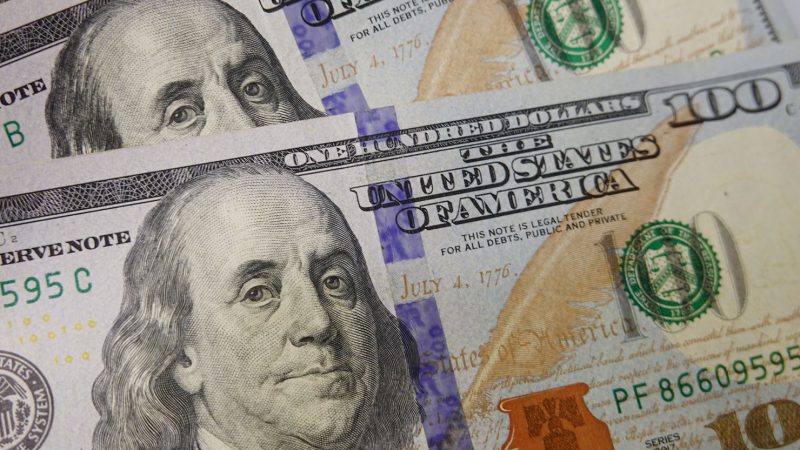Amid a greater global shift away from the world’s most prominent currency, both BRICS and Bitcoin have been predicted to greatly hinder the US dollar in 2024. Specifically, prominent financial services firm, Morgan Stanley, expects both the alliance and the digital currency to contribute greatly to the dollar’s diminished status this year.
Andrew Peel, the Executive Director and head of digital asset markets at Morgan Stanley spoke on the potential threats the greenback could face this year. Among those, he highlighted both digital asset markets and inter-governmental organizations. Subsequently, both Bitcoin and BRICS represent the most significant dollar threat on a global scale.


Also Read: Comparing BRICS GDP vs G7 Countries
Morgan Stanley Predicts Bitcoin and BRICS to Lead De-Dollarization in 2024
Throughout the past year, the rise of BRICS has been a leading geopolitical development. Indeed, the bloc has found itself expanded since the start of 2024. Specifically, doubling its size to feature some immensely prominent economic alliances.
Meanwhile, the digital asset sector has seen a massive boom. Especially within Bitcoin, as the asset has seen the inaugural approval of 11 Spot Bitcoin ETFs. The landmark decision reversed a decade-long trend from the US Securities and Exchange Commission (SEC). Subsequently setting the asset apart from its contemporaries and on a renewed mainstream path.
Now, Morgan Stanley has identified BRICS and Bitcoin as entities that will hinder the US dollar in 2024. Because, as both the alliance and the cryptocurrency have flourished, the dollar has struggled. Especially due to diversification efforts implored by various central banks across the globe


Also Read: BRICS: Half of All China’s Trade Now Settled In The Chinese Yuan
Now, Peel has stated that “the recent growth in interest of digital assets such as Bitcoin (BC),” along with stablecoins and CBDCs, has provided a challenge to the greenback. Specifically, Peel proclaimed that they “hold the opportunity to both erode and reinforce the dollar’s hegemony in global finance.”
Alternatively, Peel identified BRICS, and organizations like it that present an even greater threat. He noted that these organizations, “represent a significant portion of global GDP, and are also expressing interest in using local currencies for trade” in recent months. Thereafter, he noted these nations have “shown a willingness to trade in yuan” further solidifying the shifting global landscape.





